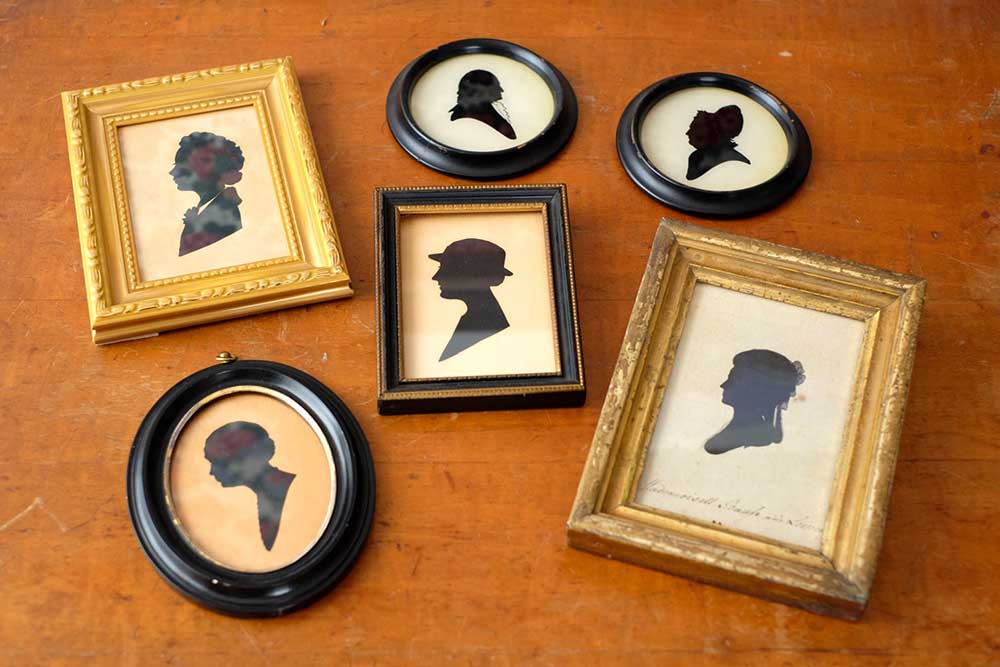IN LESS THEN 2 MINUTES
YOUR PORTRAIT CUT OUT WITH SCISSORS
THE ELEGANCE OF THE PROFILE: A BRIEF HISTORY OF THE ART OF SILHOUETTES
The art of silhouettes is one of the most charming and enduring traditions in portraiture. With roots going back centuries, it offers a unique way to capture the essence of a person using nothing but paper, scissors, and a keen eye.

Before the invention of photography, silhouettes were an accessible and popular alternative to painted portraits. In the 18th and 19th centuries, it was common to find silhouette artists at fairs, royal courts, and family gatherings, where they would swiftly cut profiles from black paper with astonishing accuracy.

The term “silhouette” comes from Étienne de Silhouette, a French finance minister known for his frugality. His name became associated, half in jest, with this economical form of portraiture. What began as a modest alternative soon evolved into a refined and artistic practice, appreciated not only for its simplicity but for its elegance and emotional resonance.
In Germany, Britain, and France, silhouettes became cherished keepsakes. They were exchanged between lovers, sent to distant relatives, and displayed in homes as symbols of affection and memory. The process, cutting by hand, without drawing, lent a sense of spontaneity and intimacy to each piece.
Today, silhouettes are experiencing a revival. Artists continue to create them live at weddings, corporate events, and cultural festivals, keeping the tradition alive. In a world increasingly dominated by digital images, the handmade silhouette remains a poetic reminder of human connection, craftsmanship, and the beauty of a single line.



